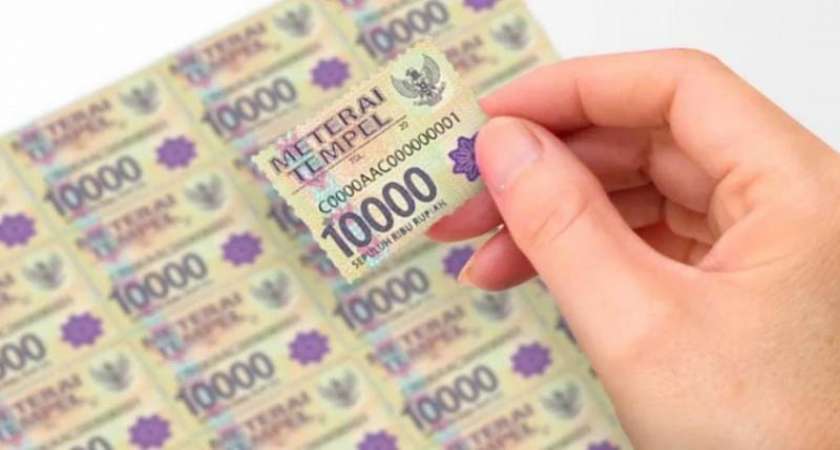On 26 October 2020, Indonesia’s government has promulgated a new stamp duty law through Law No.10 of 2020 on Stamp Duty which comes into effect on 1 January 2021 (“Law 10/2020”) . The promulgation of Law 10/2020 has repealed and replaced the previous regulation, Law No.13 of 1985 on Stamp Duty (“Law 13/1985”) .
We provide below Frequently Asked Questions (FAQ) with regard to Law 10/2020 for your reference.
1. What are the objects of stamp duty according to Law 10/2020?
The Stamp Duty Law specifies that stamp duty is applicable to the following objects:
- Any written document to be used on civil nature;
- The following documents that will be used as evidence in a court of law:
- Memory of Understanding (MoU) , Letter of Reference, Statement Letter, or other related documents and its copies;
- Notarial deeds and grosse , including its copies and excerpts;
- Land Deed Officer’s deed along with its copies;
- Commercial papers in any name or form;
- Commercial paper transaction documents including futures contract transactions in any name and form;
- Auction documents in the form of excerpts, minutes, copies and grosse ;
- Documents stating a sum of money above IDR 5 Million, that is: (i) describe the receipt of money or (ii) contain an acknowledgment of debt payment or settlement, either entirely or partially; and
- Other documents stipulated by Government Regulation (Art. 3 (1) and (2) of Law 10/2020).
2. How much is the rate of the new stamp duty?
The new stamp duty has a flat rate of IDR10,000 (Art. 5 of Law 10/2020). However, please note that the rate, type of documents, and the threshold for documents in point g above, could be reduced or increased through a Government Regulation corresponding to the national economy condition (Art. 6 (1), (2), (3), and (4) of Law 10/2020).
3. What types of stamp duty recognized by Law 10/2020?
Law 10/2020 recognizes the following types of stamp duty:
- Sticky stamps duty/ meterai tempel ;
- Electronic stamps duty; and
- Other forms of stamp duty as stipulated by the Minister of Finance (“MoF”) (Art.12 (2) of Law 10/2020).
In this regard, we note that Law 10/2020 now recognizes electronic stamps which will have a unique code and specific remarks. The government will issue a MoF to provide further stipulation regarding this matter.
4. Are the old stamp duties (IDR6,000 and IDR3,000) remain valid under Law 10/2020?
Yes, they remain valid and can be used for a year after the effective date of Law 10/2020 with a total value of minimum IDR9,000 (Art. 28 letter c of Law 10/2020).
We note that the minimum value of IDR9,000 can be a combination of: (i) 3 (three) IDR3,000 stamps; (ii) 1 (one) IDR3,000 stamp and 1 (one) IDR6,000 stamp; or (iii) 2 (two) IDR6,000 stamps.
5. What is Stamp Duty Collector according to Law 10/2020?
Law 10/2020 establishes the concept of a Stamp Duty Collector who has an obligation to collect, remit, and report the Stamp Duty to the Directorate General of Taxes (“DGT”) . However, further provisions regarding this matter will be governed in a MoF regulation (Art.11 (4) and (5) of Law 10/2020).
6. Is there any stamp duty exemption facility provided by Law 10/2020?
Law 10/2020 provides the following stamp duty exemption facilities:
- Documents on the transfer of Land and Building rights within a framework of accelerating the process of handling and restoring social conditions due to natural disasters;
- Documents on the transfer of Land and Building rights solely for religious or non-commercial activities;
- Documents on the implementation of Government programs and monetary or financial policies; and/or
- Documents related to the implementation of International Agreements under binding international treaties or reciprocal laws (Art. 22 (1) of Law 10/2020).
The article above was prepared by Marshall S. Situmorang (Partner) and Aniendita Rahmawati (Associate) .








